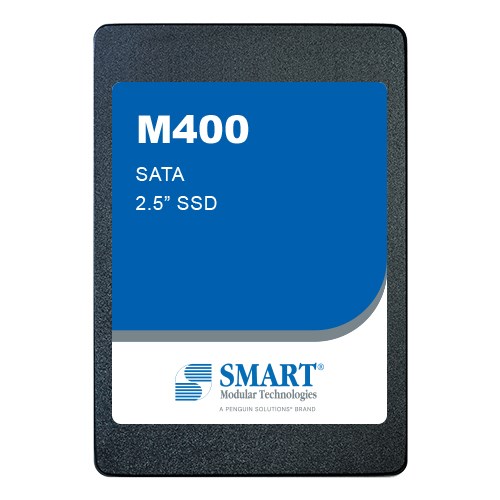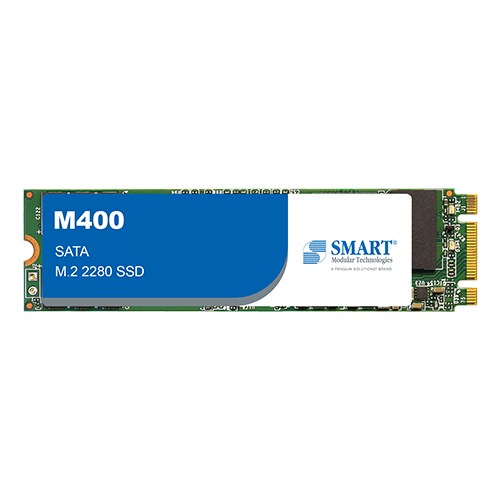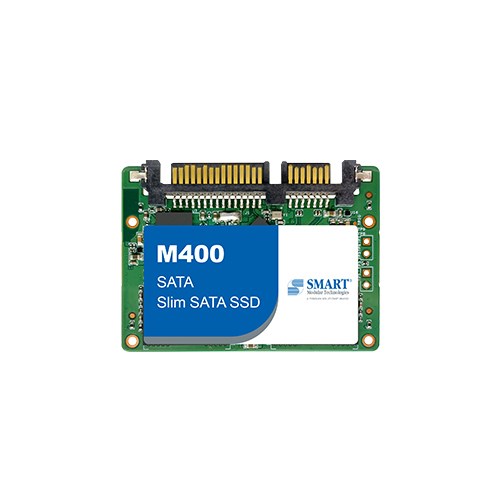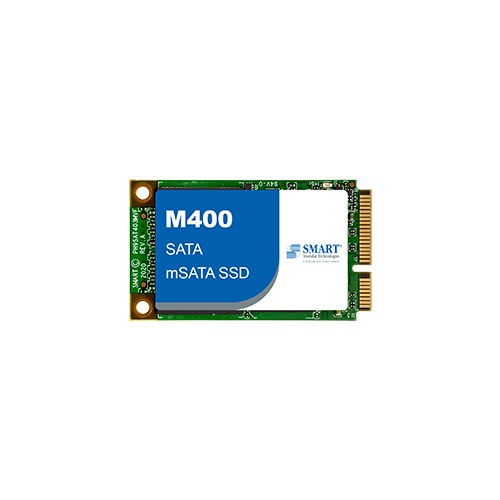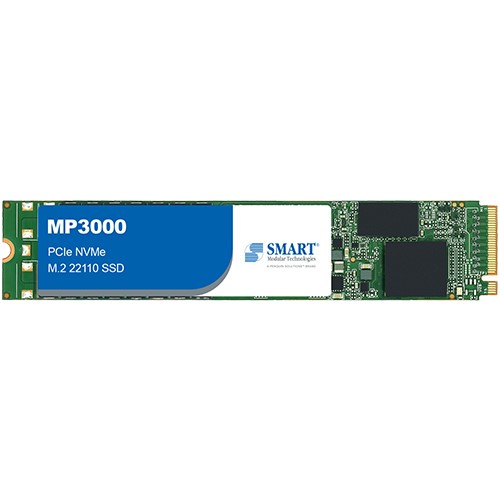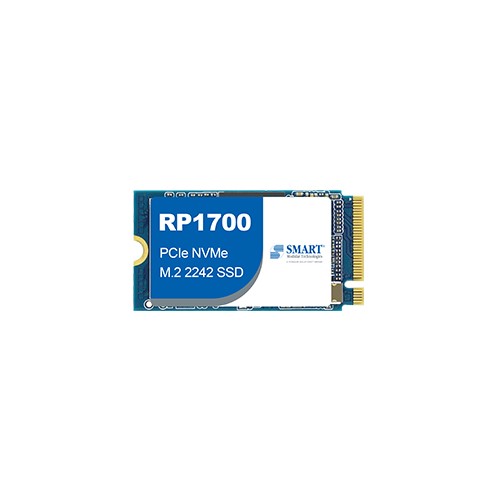Advanced Encryption Standard (AES) is a hardware-based encryption method for converting data from an unencrypted into an encrypted format. 256 bits encryption key length makes it virtually impossible to decrypt the data without the original key.
Why AES-256 Encryption?
Data can be easily retrieved and misused by unauthorized users. The loss or theft of data can lead to severe consequences. A growing demand for SSD encryption is now more popular than ever, especially in the industrial embedded applications where data generated is highly sensitive and confidential.
How Does It Work?
Advanced Encryption Standard (AES) is a symmetric encryption algorithm. AES supports a block length of 128 bits and key lengths of 128, 192, and 256 bits. SMART adopts AES-256 Encryption that supports the largest bit size, and is practically unbreakable based on the current computing power, making it the strongest encryption standard.
When the host writes data to the Flash storage device, a Random Number Generator (RNG) generates a 256-bit symmetric cipher key which is passed to the AES engine. The AES engine encrypts the plain text into cipher text and sends it to the NAND Flash for storage.
To retrieve the data from the storage device, the AES engine decrypts the cipher text in the NAND Flash, and then transmits data to the host as plain text. The encryption and decryption processes are done at the Flash level.


